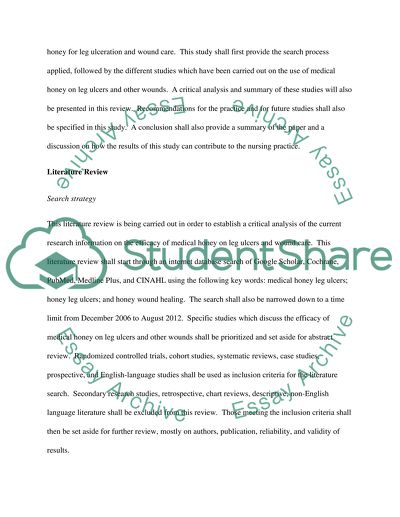Cite this document
(“Effectiveness of Medical Honey for Leg Ulceration and Wound Care Literature review”, n.d.)
Effectiveness of Medical Honey for Leg Ulceration and Wound Care Literature review. Retrieved from https://studentshare.org/nursing/1401412-medical-honey-for-leg-ulceration-and-wound-care
Effectiveness of Medical Honey for Leg Ulceration and Wound Care Literature review. Retrieved from https://studentshare.org/nursing/1401412-medical-honey-for-leg-ulceration-and-wound-care
(Effectiveness of Medical Honey for Leg Ulceration and Wound Care Literature Review)
Effectiveness of Medical Honey for Leg Ulceration and Wound Care Literature Review. https://studentshare.org/nursing/1401412-medical-honey-for-leg-ulceration-and-wound-care.
Effectiveness of Medical Honey for Leg Ulceration and Wound Care Literature Review. https://studentshare.org/nursing/1401412-medical-honey-for-leg-ulceration-and-wound-care.
“Effectiveness of Medical Honey for Leg Ulceration and Wound Care Literature Review”, n.d. https://studentshare.org/nursing/1401412-medical-honey-for-leg-ulceration-and-wound-care.


